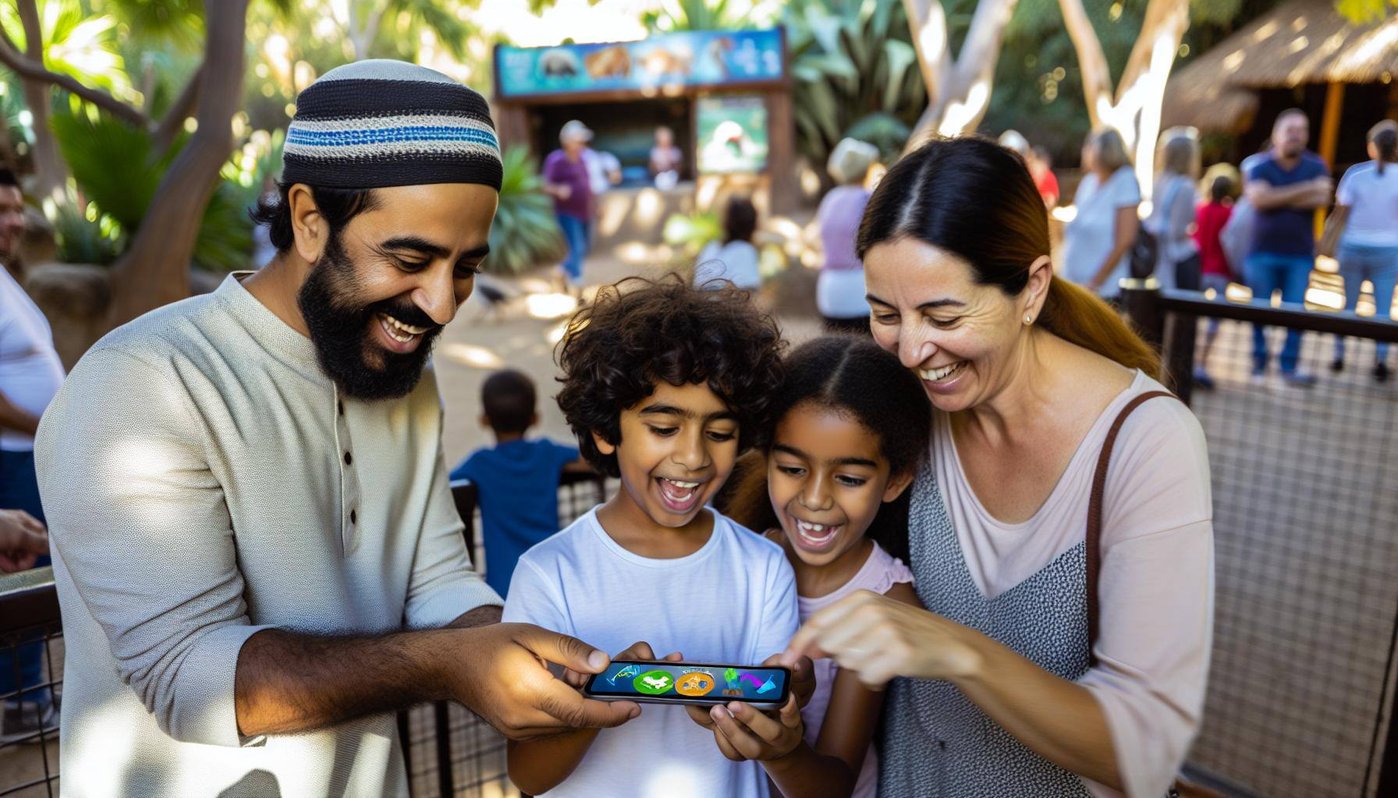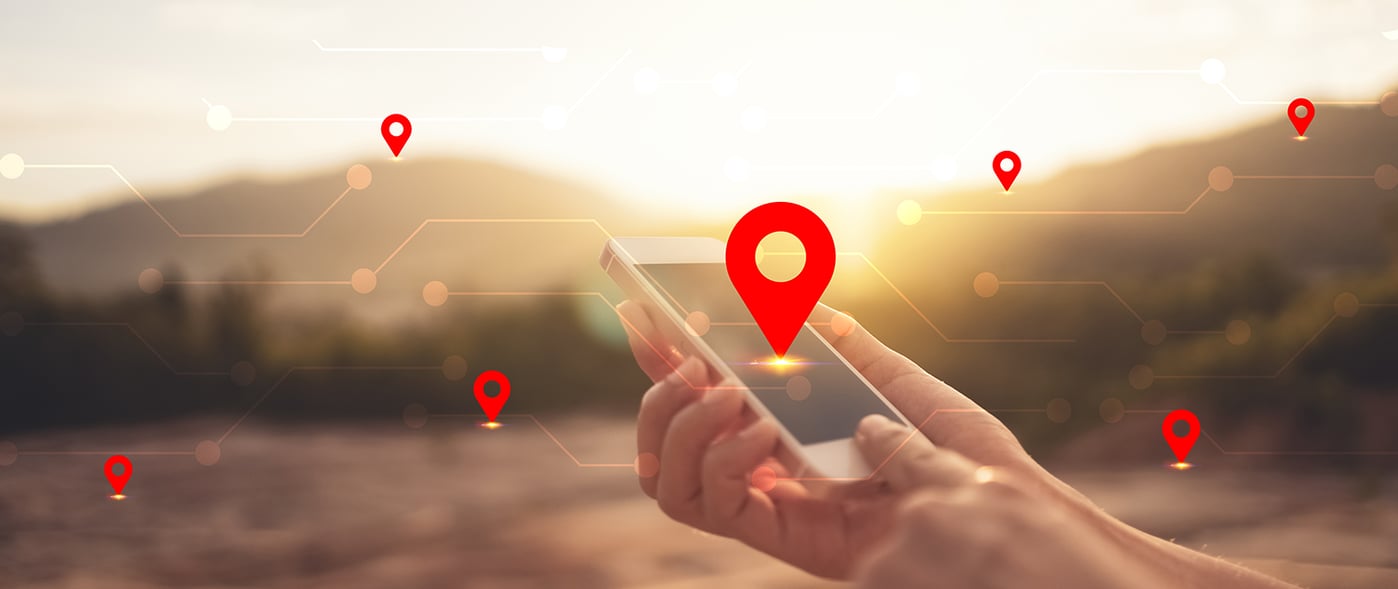The Sky’s the Limit When it Comes to Visitor Attractions
and Technology.
Deep learning through an audience engagement platform, creates a path to the stars .
When I was 10 years old, I saw a flying saucer. Yes, I know admitting that might make some of you laugh, but there are just as many who might believe me. I was not alone on that fateful day, and it was not the first time I would question what was right before me either. Eight years later, on a mountain top in a car full of people and on a dark night in a different country, a similar sighting and experience.
Ever since, and a side trip to NASA, space has been a keen interest for me and while the jury is still out on whether there are aliens among us, or if they even exist at all, looking to our skies is rewarding and enlightening.
Dark sky gazing is a growing trend, with the UK boasting 16 dark Sky Places. They are not only brilliant attractions for understanding the cosmos, but also in comprehending how light pollution affects our world, especially the natural environment, our animals and of course, our own human psyche.
Not everyone, however, has the luxury of being able to journey to areas of minimal light pollution to go on a voyage of discovery amongst the stars. Consequently, planetariums and observatories have a role to play in attracting young people to STEM subjects, as well as informing all on what lies out there – such as we currently know it.
At present, the UK has 17 permanent planetariums or observatories, with a new one based in Nottinghamshire expected to open by the end of 2024.
Visitor numbers to these centres have suffered due to the pandemic – like the entire visitor attraction industry. However, as the entire industry begins to bounce back, these centres are ideally placed to take advantage of new technology that allows visitors to have a fully immersive experience – on and off site – and encourage repeat visits, or better still, extend their reach to new audiences.
Lending a hand to the current growing interest in space as the next conquered frontier, and a possible visitor experience of the future, are the likes of Elon Musk, the world’s richest man, with his SpaceX, facing off with Amazon’s Jeff Bezos and his Blue Origin space tourism company.
Independent apps like Stargazer, Night Sky and Sky View available for most smartphones, are great at identifying stars, planets, and constellations, but don’t necessarily assist the visitor attractions themselves with generating the income needed to keep them in business or help them to promote a richer learning experience.
The answer for visitor attractions across the country lies in a term called ‘audience’ or ‘user engagement.’ User Engagement is most often assigned to how a visitor interacts with a website or an app, or a particular piece of journalism, but audience engagement is far more detailed than that. It involves the collection of thousands of points of data around how audiences are engaging with an attraction and then unpacking that information into useful insights that can be used to further enhance the audience experience.
Currently, many of the world’s visitor attractions rely on labour-intensive, exhaustive staff hours to gather useful information about their operations, which is then manually recorded and analysed to deliver specific insights.
Many also rely on visitors to their websites to download fact sheets and schedules and that’s where it stops. No further intel or insights.
What if this entire process could be enhanced with technology and done automatically?
What if there was a system that could deliver a more engaging and interactive audience experience that could keep visitors engaged in the subject matter – even when they are not physically present, and promote conservation efforts?
What if it could do all this and more whilst providing ongoing data and insights that could be segmented for further personalised communication?
The answer is an audience engagement platform (AEP) and an audience experience app. In some of our other blogs, we have unpacked these handy tools in depth see here and here.
For the planetarium and observatory though, the AEP offers a variety of ways in which to extend their offering, most notably, by enhancing both the on and off-site experience using a variety of interactive tools whilst also keeping visitors in the loop as to upcoming shows, talks and events through push notifications to the app, and providing additional information on the topics at hand. This is especially beneficial for students interested in STEM and keeping them engaged and deepening their learning experience, and for educators in planning and delivering their lessons. (It’s worth noting here that not all AEPs are geared towards enriching learning).
AEPs, also offer location finding and heat mapping insights for curators, keen on knowing which displays or exhibits are tracking better than others. They are also easily integrated into other platforms that attraction operators might be running, making things like e-ticketing, pre-ordering of meals, or the purchasing of merchandise so much more integrated.
Best of all, a well-thought through audience engagement platform can build loyalty and help diversify and increase revenue potential, helping planetariums take full advantage of the experience economy.
Friday 22 April is both International Dark Sky Week and Earth Day, so perhaps book a visit to your local planetarium today to find out what tomorrow will bring, and help protect the night.
To discover more on audience engagement platforms and about the n-gage.io customisable platform to enhance your audience engagement, get in touch with us.
Image courtesy of Greg Rakozy at Unsplash.
/Blog/The%20Sky%E2%80%99s%20the%20Limit%20When%20it%20Comes%20to%20Visitor%20Attractions%20and%20Technology%20.webp?width=2560&name=The%20Sky%E2%80%99s%20the%20Limit%20When%20it%20Comes%20to%20Visitor%20Attractions%20and%20Technology%20.webp)
/Blog/Authors/PHOTO-2022-05-06-14-05-59.jpg?width=90&name=PHOTO-2022-05-06-14-05-59.jpg)



